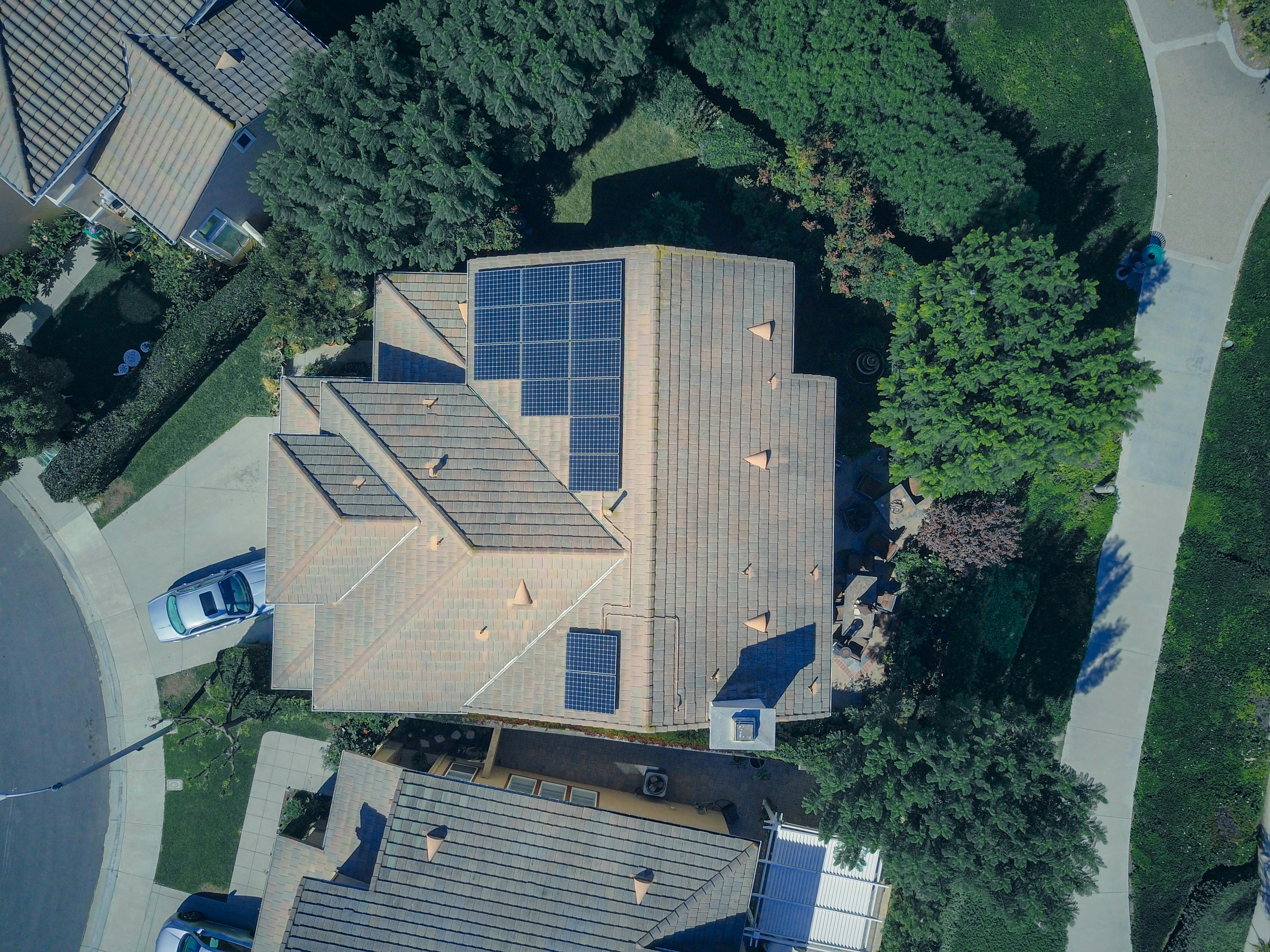Home Generator Sizing Guide: How to Choose the Right Size for Your Home
When considering a backup generator for your home, it’s essential to choose the right size to meet your energy needs. Proper home generator sizing ensures you have enough power during an outage, without overpaying for unnecessary capacity. In this guide, we’ll walk you through the fundamentals of generator sizing, practical steps for implementation, and advanced techniques to ensure your generator runs efficiently when you need it most.

Understanding the Fundamentals
The first step in choosing the right home generator is understanding how generator sizing works. Generators are rated by their power output, typically measured in kilowatts (kW). To ensure that you select the correct size, you need to assess your home’s power usage, which varies depending on the size of your home, the appliances you use, and how much energy each one consumes.
Incorrectly sizing a generator can lead to issues like insufficient power supply or unnecessary expense. By learning how to calculate your power needs, you can avoid these problems and choose a generator that fits your specific requirements.
1.1 Understanding Your Home’s Power Needs
Start by listing the essential appliances you need during an outage, such as refrigerators, lights, and medical equipment. Then, determine the wattage of each appliance to calculate the total power required. Use the following simple formula:
- Total Wattage = Sum of wattages of all essential appliances
For example, a refrigerator may use 600 watts, while a microwave could use 1000 watts. Once you add up all the wattages, you’ll have a rough estimate of your home’s power needs. Don’t forget to account for starting wattage, which is typically higher than running wattage, especially for appliances like air conditioners or pumps.
1.2 Generator Power Ratings Explained
Generators are usually labeled with two power ratings: starting watts and running watts. Starting watts refer to the amount of power the generator can provide when appliances start up, and running watts refer to the continuous power the generator can provide once appliances are running smoothly.
When sizing your generator, ensure it can handle both the starting and running wattages of your key appliances. A good rule of thumb is to select a generator with a 20-30% larger capacity than your total calculated wattage to avoid overloading the unit.
Practical Implementation Guide
Now that you understand the fundamentals of generator sizing, it’s time to put this knowledge into practice. Follow the actionable steps below to select and install a generator that meets your home’s power needs.

2.1 Actionable Steps
- Step 1: List your essential appliances and their wattages. Ensure that you capture both starting and running wattage for each appliance.
- Step 2: Add up the total wattage of all appliances you want to power during an outage. Use an online generator sizing tool to verify your calculations.
- Step 3: Choose a generator with at least 20-30% more capacity than your total wattage calculation. This will ensure reliable performance and prevent overloading.
2.2 Overcoming Challenges
While sizing your generator might seem straightforward, common challenges often arise during the process. Below are a few obstacles you may face and tips on how to overcome them:
- Challenge 1: Overestimating Power Needs – Many homeowners overestimate the wattage they need. Double-check your wattage calculations and avoid inflating your estimates.
- Challenge 2: Choosing the Wrong Type of Generator – Be sure to choose between portable and standby generators based on your power needs and installation preferences.
- Challenge 3: Underestimating Starting Wattage – Always factor in the initial power surge when appliances start up, especially for high-demand items like air conditioners or refrigerators.
By preparing for these challenges, you’ll ensure your generator is sized appropriately for your home and is ready to perform when needed most.
Advanced Applications
Once you have a generator in place, there are advanced applications and considerations to optimize your system further. These can improve efficiency, reduce fuel consumption, and enhance the overall longevity of your generator.

3.1 Smart Load Management
Smart load management systems can help you prioritize which appliances get powered during an outage. By using a load management panel, you can ensure that high-priority devices like medical equipment or heating systems receive power first, while less essential devices can be powered later.
This approach ensures the generator operates within its capacity, reducing strain and prolonging its lifespan. Additionally, it can help you minimize fuel consumption during long outages by focusing on critical loads first.
3.2 Hybrid Generator Systems
Hybrid generator systems combine traditional generators with renewable energy sources, such as solar panels or wind turbines. These systems are more energy-efficient and environmentally friendly. They can significantly reduce fuel consumption, especially during prolonged power outages.
When implementing a hybrid system, it’s important to size both the generator and renewable energy sources correctly. Hybrid systems can be complex, but with the right professional guidance, they offer a sustainable, cost-effective solution for homes seeking backup power.
Future Outlook
The future of home generators looks promising, with trends pointing toward more energy-efficient and environmentally conscious options. Advances in battery storage technology, smart grid systems, and renewable energy integration are all shaping the industry. In the next few years, homeowners may have more affordable and efficient options for backup power.
To prepare for these changes, stay informed about emerging technologies and consider upgrading your current generator system to include hybrid or smart features. This will help future-proof your home’s energy needs.
Conclusion
Choosing the right generator size is crucial for ensuring your home stays powered during an outage. By understanding your power needs, selecting a generator with the right capacity, and overcoming common challenges, you’ll be well-prepared for any power outage.
Remember, proper generator sizing helps you avoid both underpowering and overspending on unnecessary capacity. If you’re ready to secure reliable backup power, follow the steps outlined in this guide and consider exploring advanced techniques like load management and hybrid systems for maximum efficiency.
Frequently Asked Questions
- Q: How do I calculate the power requirements for my home? Calculate the wattage of essential appliances by adding both their running and starting wattage. Use an online calculator to ensure accuracy.
- Q: How much time will it take to install a home generator? Installation typically takes 1-2 days, depending on the complexity of the system and local regulations.
- Q: How much does a home generator cost? The price varies, with portable generators costing between $500-$2,000, and standby generators ranging from $3,000 to $15,000 or more.
- Q: Can I install a generator myself? While it’s possible, it’s highly recommended to hire a licensed professional to ensure safety and compliance with local regulations.
- Q: What is the difference between portable and standby generators? Portable generators are mobile and suitable for short-term use, while standby generators are permanently installed and offer more power for longer durations.
- Q: Is there any technical skill required to maintain a home generator? Basic maintenance like oil changes and filter cleaning can be done by homeowners. However, professional servicing is recommended for more complex tasks.
- Q: Can a generator power my entire home? Depending on the size, a generator can power an entire home or just essential appliances. Ensure you size your generator appropriately to meet your needs.
